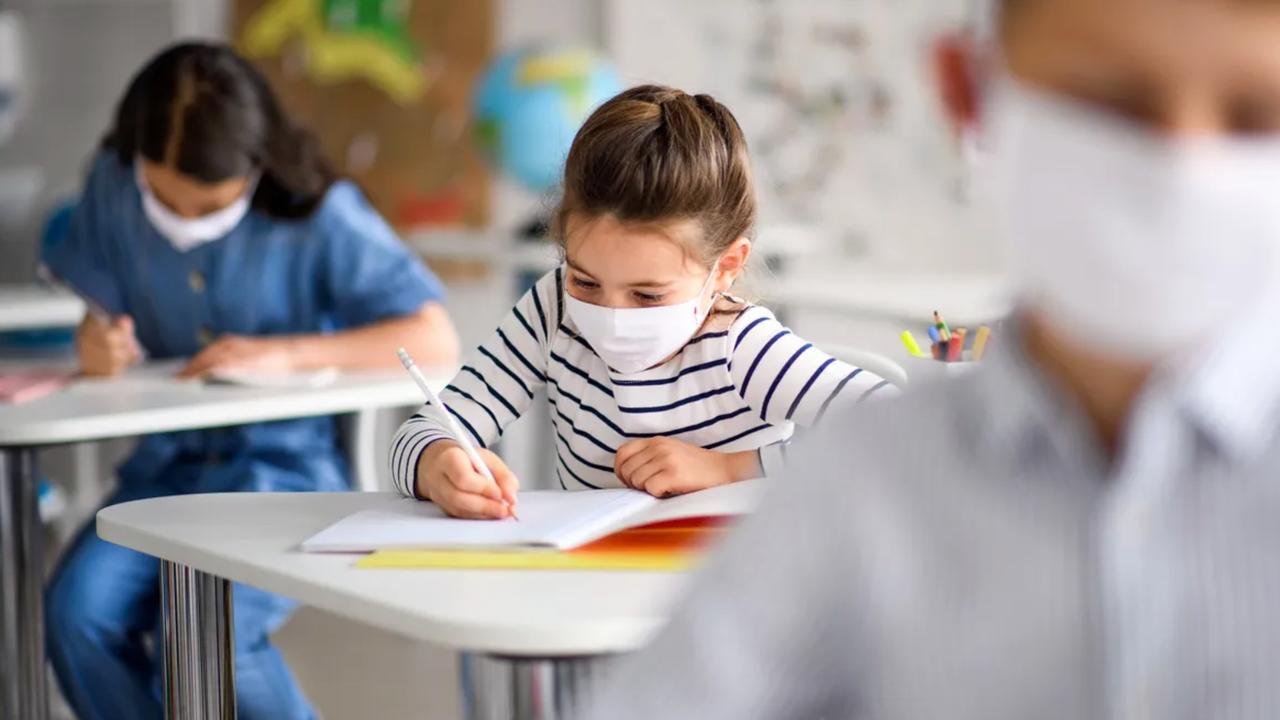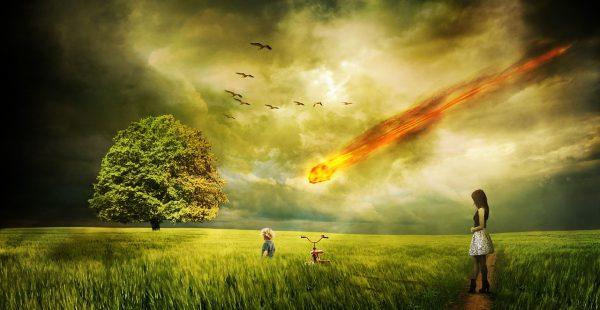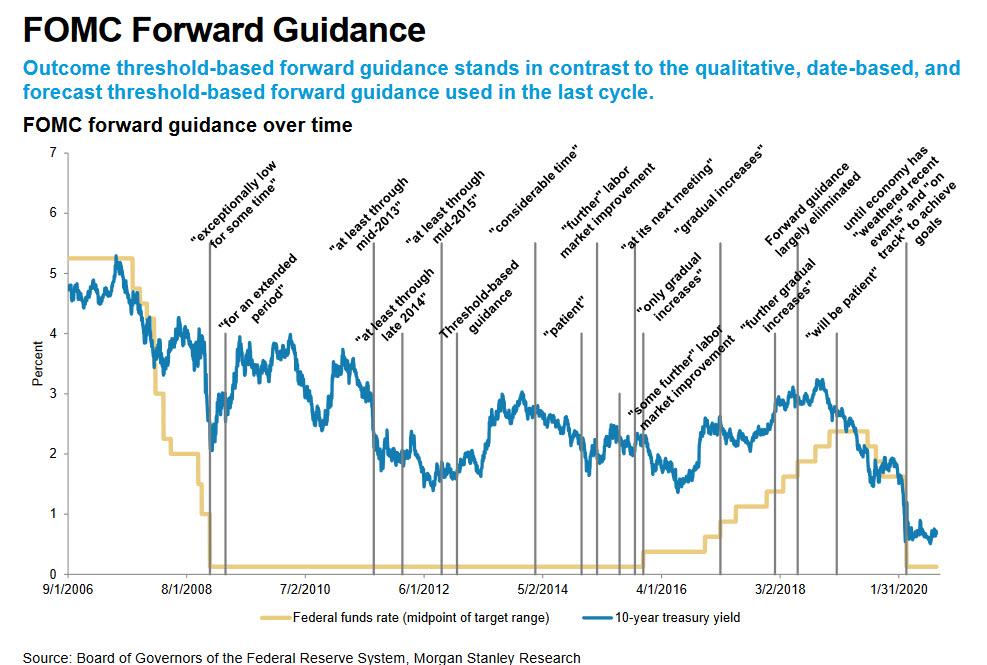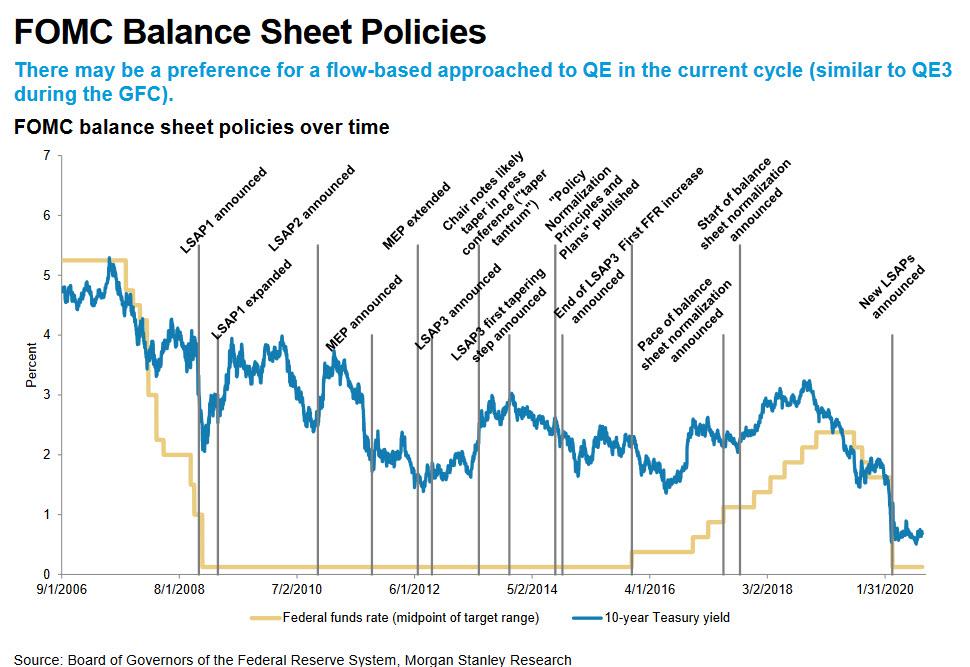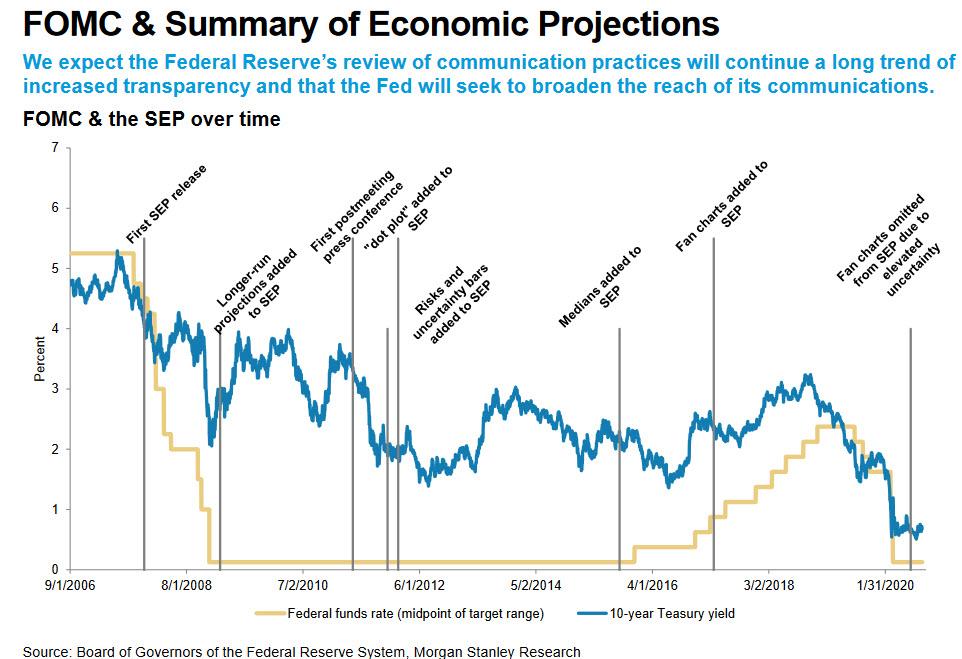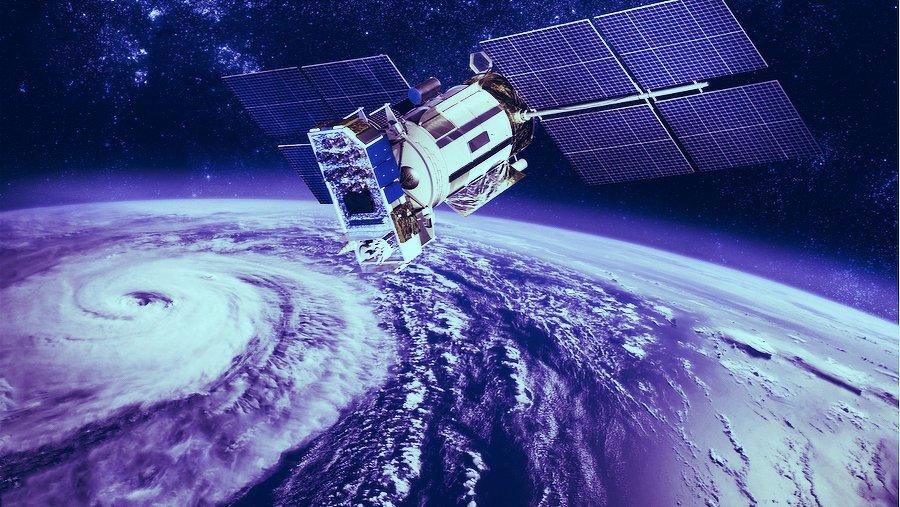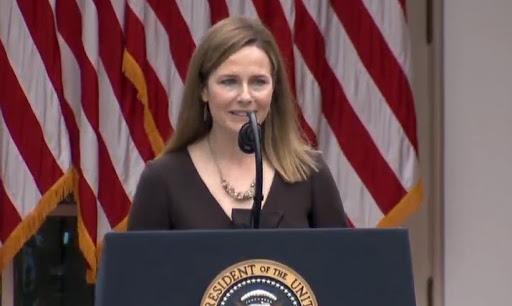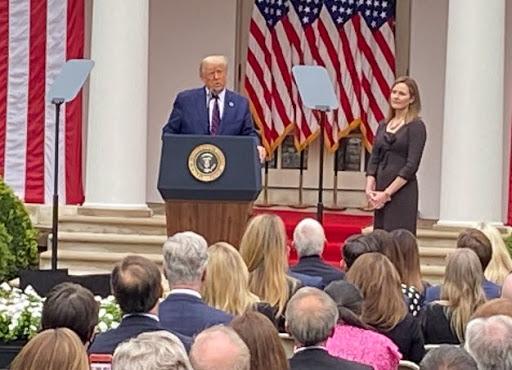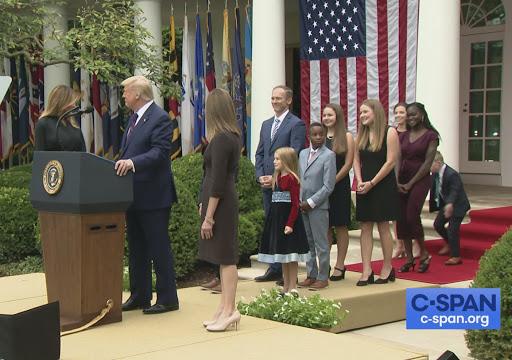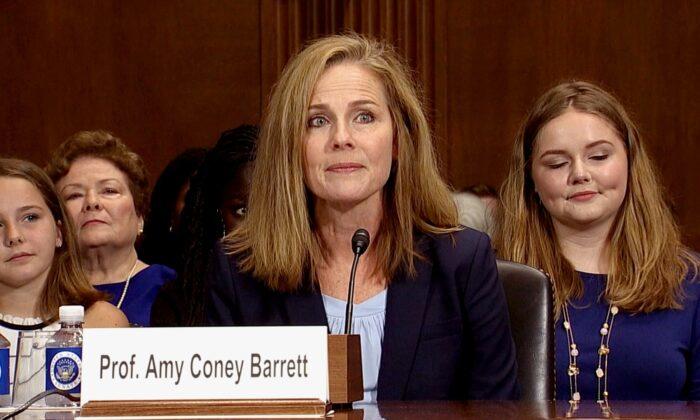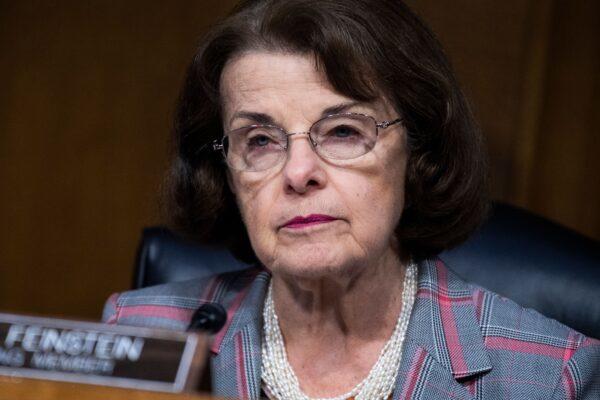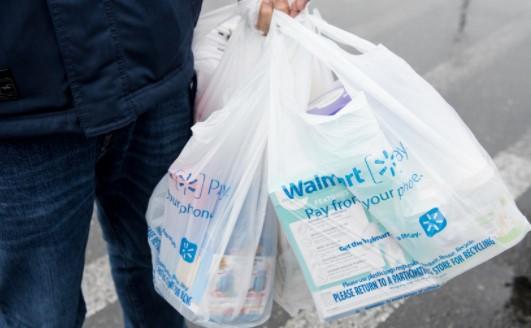Outrage Grows Over Pentagon Funneling $1BN In COVID Relief To Defense Contractor Wish Lists
Tyler Durden
Sat, 09/26/2020 – 19:45
Authored by Jessica Corbett via CommonDreams.org,
A coalition of 40 ideologically diverse organizations on Thursday demanded that federal lawmakers investigate allegations from earlier this week that the Pentagon misused much of $1 billion in congressionally appropriated Covid-19 relief funding for what one critic called “a colossal backdoor bailout for the defense industry.”
The groups’ call came in a letter (pdf) addressed to Reps. James E. Clyburn (D-S.C.) Steve Scalise (R-La.), leaders of the House Select Subcommittee on the Coronavirus Crisis. The push for a probe was prompted by Washington Post reporting that some tax dollars directed to the Defense Department in March for building up U.S. supplies of medical equipment have “instead been mostly funneled to defense contractors and used to make things such as jet engine parts, body armor, and dress uniforms.”
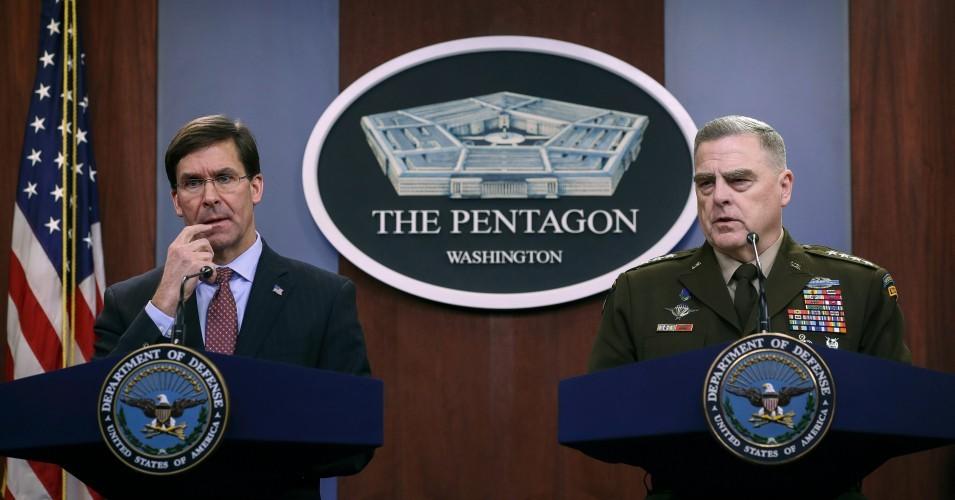
In addition to a probe, the National Taxpayers Union, the Project On Government Oversight (POGO), Win Without War, and 37 other groups urged Clyburn and Scalise to determine whether Congress should pass a bill suspending the Pentagon’s spending authority for the funds, arguing that the department’s decision-making “violates congressional intent at minimum, and represents a significant breach of trust with the taxpayers who fund the military’s budget and its emergency spending.”
Win Without War advocacy director Erica Fein said in a statement that “this gross misuse of Covid-19 relief funds provides yet another example of the Pentagon’s wasteful, unaccountable spending, which puts the corporate profits of the weapons industry over the lives and well-being of everyday people.”
“This scandal should be a wake-up call,” she added. “The greatest threats to human security cannot be addressed by funneling money into weapons of war. We must resist the corrupting influence of the military contracting industry, stop pouring our resources into the bloated, unaccountable Pentagon coffers, and instead invest in meeting our country’s, and the world’s, real human needs.”
The United States continued to lead the world in Covid-19 cases and deaths Friday afternoon. There have been more than seven million confirmed infections and over 203,000 deaths nationwide, according to Johns Hopkins University’s global tracker. President Donald Trump’s administration and Congress have come under fire for inadequately responding to the public health crisis.
The Pentagon gave more than $1,000,000,000 of pandemic-related aid to military contractors for body armor and jet engines.
We’re joining 40 orgs, along with @SenWarren and @RepRoKhanna, in demanding answers as to how on earth this was allowed to happen.https://t.co/5BBKloPssH
— Public Citizen (@Public_Citizen) September 25, 2020
As the letter the highlights, the Post reported that the Defense Department—which is run by former Raytheon lobbyist Mark Esper—gave at least $183 million to contractors “to maintain the shipbuilding industry” and $80 million to an “aircraft parts business suffering from the Boeing 737 Max grounding.”
Additionally, the Pentagon gave $25 million to a firm that also “received between $5 million and $10 million” from the Paycheck Protection Program (PPP); $3 million to a firm that also received between $150,000 and $350,000 from the PPP; and “$2 million for a domestic manufacturer of Army dress uniform fabric.”
Chief Pentagon spokesperson Jonathan Hoffman issued a lengthy statement Wednesday defending the spending and criticizing the Post piece. He said in part, “As indicated by recent reporting, there appears to be a misunderstanding by some about what the Coronavirus Aid, Relief, and Economic Security Act (“CARES Act”) did and did not do with respect to the Department of Defense.”
Hoffman added that the department has been “wholly transparent” in its decisions about the relief funds and claimed that “much of [the] useful context” it provided to the newspaper was “left out of the story leading some to misconstrue the expenditures when in fact they are wholly appropriate as directed by Congress.”
Although the Post acknowleged that Pentagon officials “contend that they have sought to strike a balance between boosting American medical production and supporting the defense industry, whose health they consider critical to national security,” critics at the groups behind the letter aren’t buying that argument.
“It’s unconscionable that the department would prioritize defense contractor wish lists over the health and safety of the American people,” declared Mandy Smithberger, director of POGO’s Center for Defense Information.
DOD has issued statements on stories before, but this is a different level: On @washingtonpost story on #CARESAct funds for defense base. WaPo story was accurate — but created sense something was hidden when DOD (& media & Congress) had it in full view. https://t.co/aDcpbwOIpP pic.twitter.com/A1GdntT9D8
— Tara Copp (@TaraCopp) September 23, 2020
Arguing that Congress was clear it wanted the Pentagon to use its powers to address ongoing shortages of personal protective equipment (PPE), Smithberger said “the American people deserve better judgment from the agency entrusted with leading our national security and responses to unanticipated threats.”
Other signatories include Beyond the Bomb, Citizens for Responsibility and Ethics in Washington (CREW), Demand Progress, Greenpeace USA, Indivisible, the National Priorities Project at the Institute for Policy Studies, Peace Action, Physicians for Social Responsibility, Public Citizen, and the Union of Concerned Scientists.
On Friday, Sen. Elizabeth Warren (D-Mass.) and Rep. Ro Khanna (D-Calif.) requested that the department’s inspector general investigate reports about the Pentagon’s spending, writing that the alleged misuse of funds “meant for the response to the deadly pandemic plaguing our country is inconsistent with the will of Congress and may be illegal.”
That request and the groups’ collective call for a congressional investigation follow a similar letter that a pair of lawmakers sent Tuesday to Clyburn as well as Reps. Carolyn Maloney (D-N.Y.) and Adam Smith (D-Wash.). Maloney heads the House Oversight Committee while Smith chairs the chamber’s Armed Services Committee.
Writing as co-chairs of the Defense Spending Reduction Caucus, Reps. Mark Pocan (D-Wis.) and Barbara Lee (D-Calif.) condemned the Pentagon’s actions as “unacceptable.” They urged the trio to “review the legality of the Department of Defense’s spending decisions and every possible remedy.”
via ZeroHedge News https://ift.tt/36bUXGj Tyler Durden
